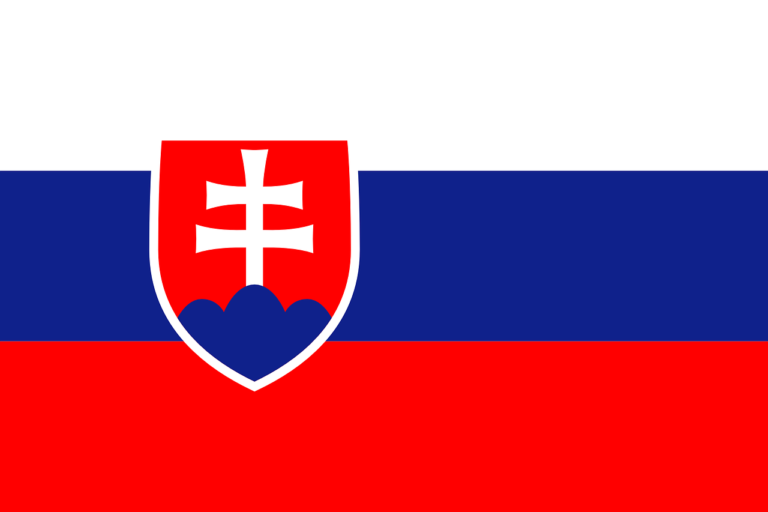Flags hold profound meaning and significance as they embody the essence of a nation’s history, values, and aspirations. The national flag of Estonia, with its striking design and symbolic colors, serves as a proud emblem of Estonian independence, cultural heritage, and national pride. In this blog post, we will delve into the captivating story behind the Estonia national flag, exploring its origins, symbolism, historical significance, and its enduring importance in Estonian society.
Origins and Design:
The Estonia national flag, commonly known as the “Eesti lipp,” features three equal horizontal bands of blue, black, and white. The blue band represents the sky, faith, and loyalty, while the black symbolizes the dark past, determination, and resilience of the Estonian people. The white band signifies purity, freedom, and the bright future ahead.
Symbolism and Meaning:
Each color of the Estonia national flag carries deep symbolism. The blue color represents the Estonian sky and the values of faith, loyalty, and truth. It symbolizes the nation’s unwavering commitment to preserving its cultural identity and traditions. The black color signifies the hardships, struggles, and sacrifices endured by the Estonian people throughout history. It serves as a reminder of the resilience, determination, and determination to overcome adversity. The white color represents purity, freedom, and the hope for a prosperous and inclusive future for all Estonians.
Historical Significance:
The adoption of the Estonia national flag in 1918 marked a significant moment in the country’s history as it gained independence from foreign rule. The flag symbolized the Estonian people’s aspirations for self-determination, freedom, and national identity. Despite subsequent periods of occupation and suppression, the flag remained a symbol of resistance and unity, ultimately reclaiming its significance with the restoration of Estonia’s independence in 1991.
Cultural and National Identity:
The Estonia national flag holds deep cultural and national significance for the Estonian people. It is proudly displayed during national celebrations, public events, and gatherings, serving as a powerful symbol of unity, pride, and identity. The flag represents the rich cultural heritage, traditions, and values of the Estonian nation. It fosters a sense of belonging and unity among Estonians, reinforcing their shared history, language, and aspirations for a bright future.
International Recognition and Influence:
The Estonia national flag is recognized internationally as a symbol of Estonian culture, heritage, and national identity. It represents Estonia at various international events, diplomatic missions, and sporting competitions, reflecting the country’s contributions to the global community. The flag’s design and symbolism have also influenced various artistic and cultural expressions, showcasing its impact and recognition beyond national borders.
The Estonia national flag, with its distinctive blue, black, and white design, stands as a powerful symbol of independence, identity, and resilience for the Estonian people. It embodies the values of faith, determination, and hope that have guided Estonia throughout its history. The flag serves as a constant reminder of the nation’s rich cultural heritage, shared aspirations, and the indomitable spirit of the Estonian people. As Estonia continues to shape its future, the national flag will remain a cherished emblem, representing the unity, pride, and unwavering commitment to freedom and progress.





